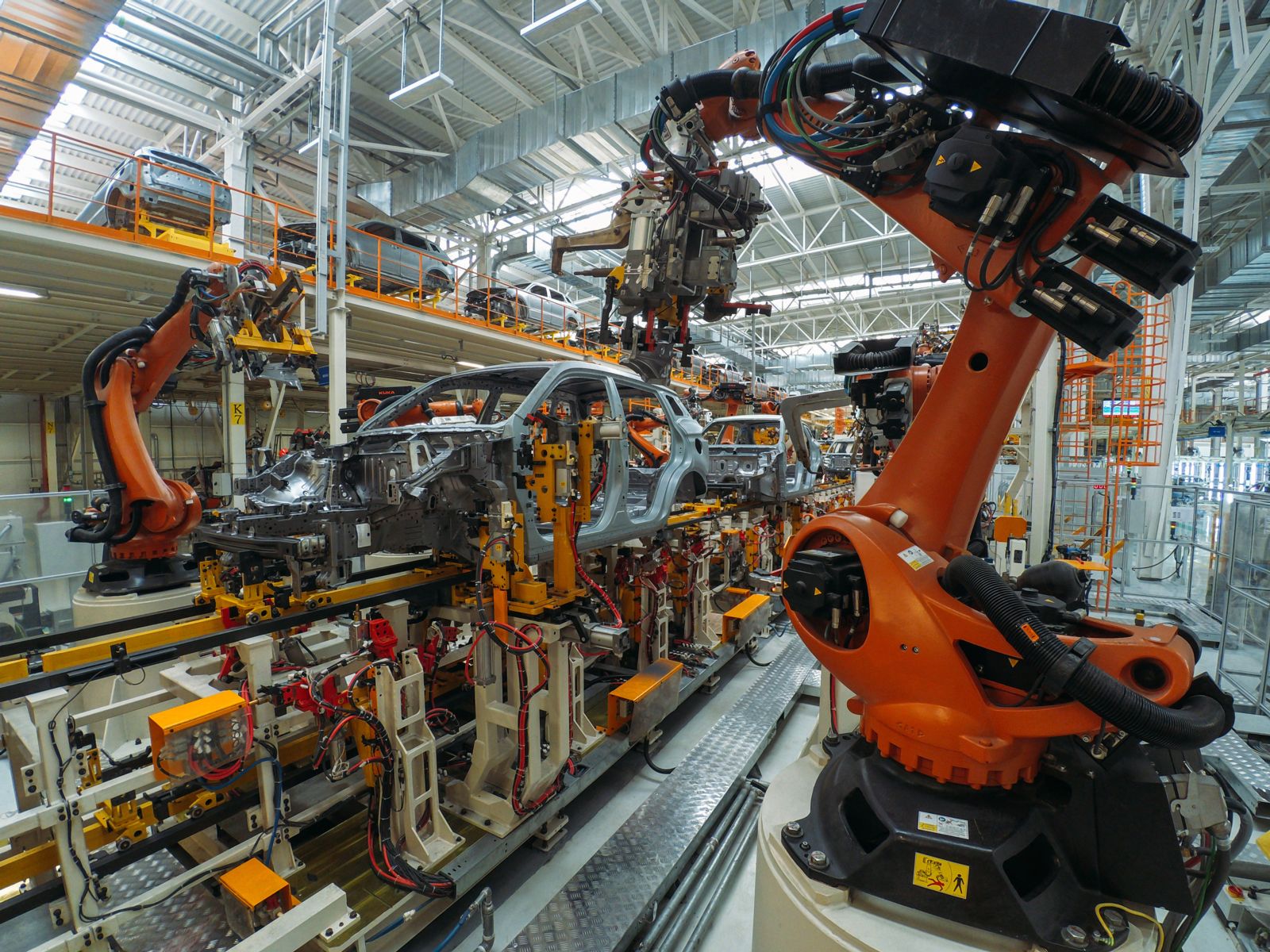There's Keystone in every Great invention
Robots in History: Origins of Automation
September 22, 2019
Though robots and automation are in use today in a wide variety of industries, robotics is still considered a futuristic idea. Many may be surprised to learn that the first electronic robots were built in 1948. What's even more surprising—evidence of the first automaton takes us back 800 years.
Automation technology has clearly grown a lot since then, and we're happy to see the next generation continue that development. That's why we are proud to provide products for the starter kits for the FIRST Robotics Competition every year. It's exciting to think that some of those young people could make the next significant breakthrough in robotics and we want to encourage those with aninterest in automation to pursue careers in the industry. It's hard to imagine where automation may take us in the next few years, but we can certainly look back at where it's been and marvel at how far we’ve come.
The Invention of the Automaton
"Robotics" isn't a new word -- it was actually coined in 1942. Six years later, Grey Walter invented the first electronic autonomous robot. That wasn't the first self-operating machine, however. More than 800 years ago in what is now Turkey, Islamic scholar Al-Jazari wrote a book called "Book of Knowledge of Ingenious Mechanical Devices." In this book, he wrote about a boat he built to entertain guests at a palace where he served as chief engineer. The boat featured programmable automatons that played music: One played a flute, one played a harp, and two played the drums. The drummers were made with rotating cylinders and movable pegs. The cylinder rotated, causing the pegs to strike levels that played the drums. By placing pegs in different spots, operatorscould change the rhythm played by the automaton. For this early contribution to the world of automation, Al-Jazari is often considered to be the father of robotics.

Automation and Robotics Today
Entertainment was the main drive behind the development of automatons for many centuries. Musical instruments and simple activitiessuch as pouring waterwere automatedfor the enjoyment of party-goers. Eventually, the benefits of automating simple, repetitive functions reached the manufacturing sector and grew into the complex, computer-driven automation we know today.
 Advances in computers and electronics have facilitated fast progress for industrial automation. Factories and other industrial operations use robots for a wide range of automated processes. Some of these include:
Advances in computers and electronics have facilitated fast progress for industrial automation. Factories and other industrial operations use robots for a wide range of automated processes. Some of these include:
- Computer Numerical Control (CNC). Manufacturers have been steadily transitioning to CNC machining processes for many years due to the increased accuracy and repeatability offered by the process.
- Assembly. Traditional assembly operations have been conducted manually by human workers on assembly lines. Production lines may now be automated with robotics and software to assemble small products with straightforward designs.
- Material handling. Robots have been implemented in many operations to move workpieces or raw materials between processes or workstations, reducing the risk of human injury caused by lifting or repetitive motion. More complex robots can also conduct more complicated transfer tasks, such as palletizing.
- Welding. Industrial robots perform a range of welding tasks in manufacturing operations across industries, including spot welding, MIG/TIG welding, and orbital welding, among others.
- Painting. Robotic spray painting guns have automated painting and coating processes in many production lines.
- Distribution and fulfillment. Many warehouses and distribution centers rely on pick-and-pack robots to supplement human workers and drive efficiency.
- Lights-out manufacturing. Some factories have succeeded in implementing fully automated, around-the-clock production. As the manufacturing sector continues to struggle with skilled labor shortages and increased demand, this practice will only become more common.
Automation is often faster, safer, leaner, more cost efficient, and more precise than human labor alone. In many cases, automation can be used to augment human laborers by taking on simple repetitive tasks, reducing injury risks for human workers and freeing them up for more complex work. Ultimately, automationhelps companies save money and provide goods and services at a lower cost to consumers.
Keystone Supports the Future of Automation
Continuing advances in automation can only happen if future generations invest their time and skills into the manufacturing sector. To this end, Keystone Electronics fully supports Manufacturing Day, in which manufacturers and educators open their doors to students, families, and communities. By showing the future workforce what careers in manufacturing entail, we hope to inspire young workers to pursue careers in manufacturing.
Keystone supports the future of robotics and automation by providing products such as:
- Battery clips, contacts & holders
- Fuse clips and holders
- Mounting brackets
- Cable clamps
- Screw terminals and terminal blocks
- Screws and panel hardware
To learn more about our capabilities and services for automation equipment, contact us today.




 Check out our Blog
Check out our Blog